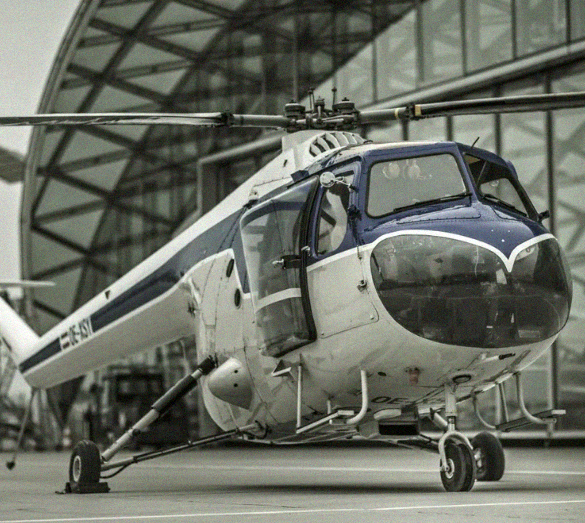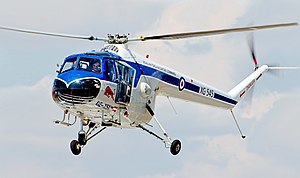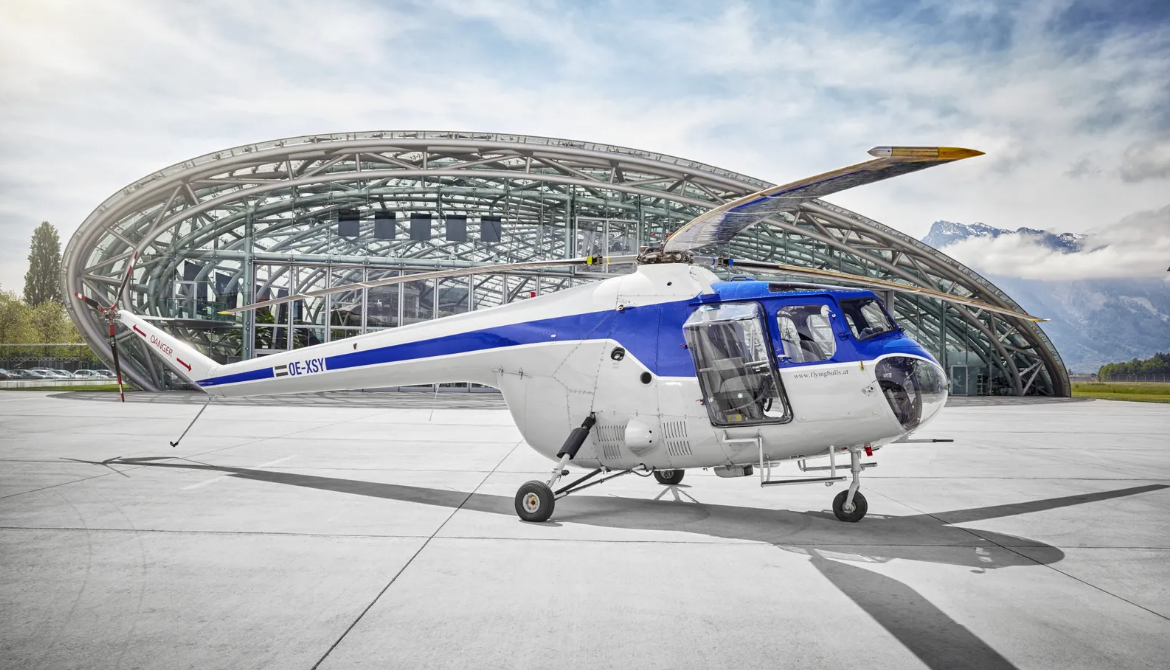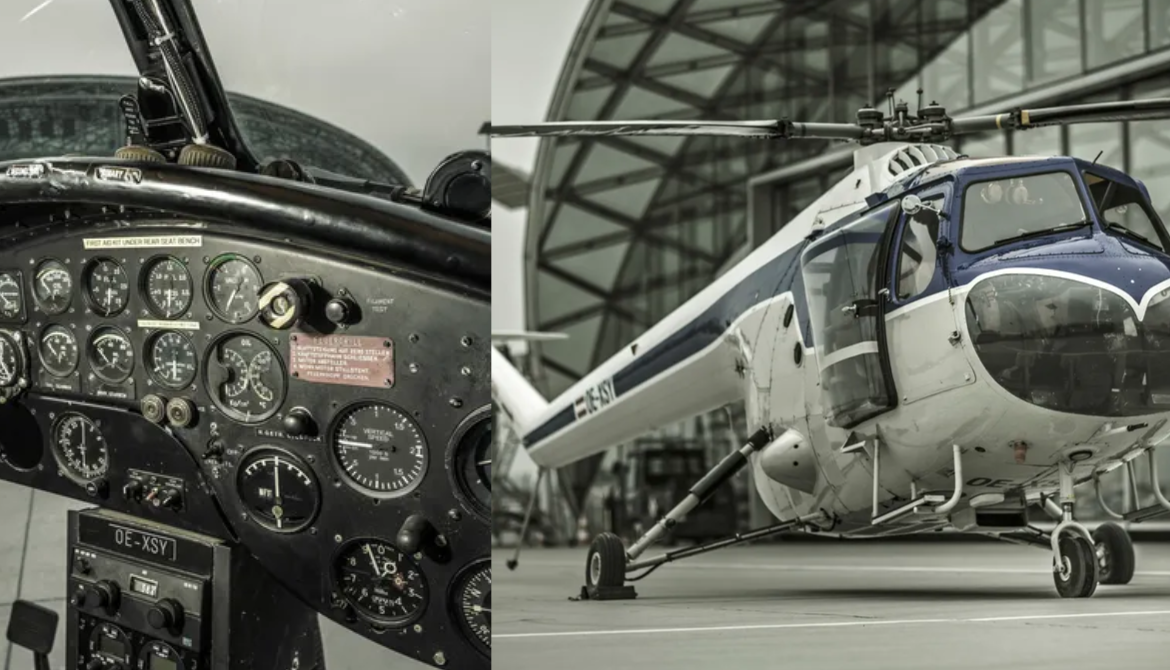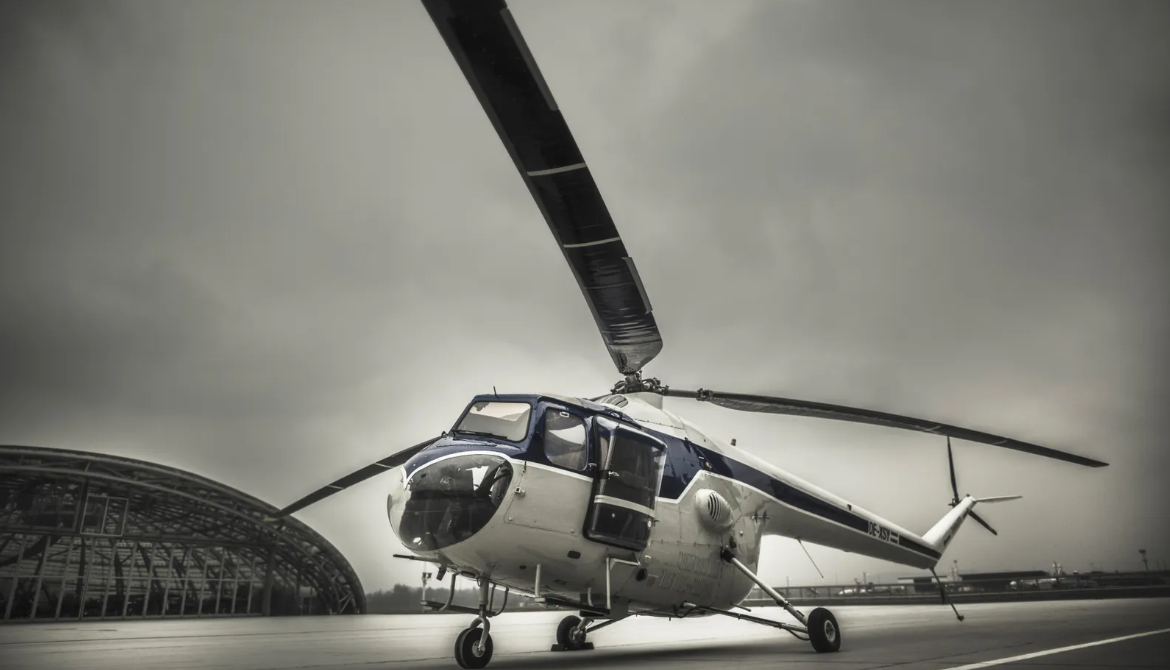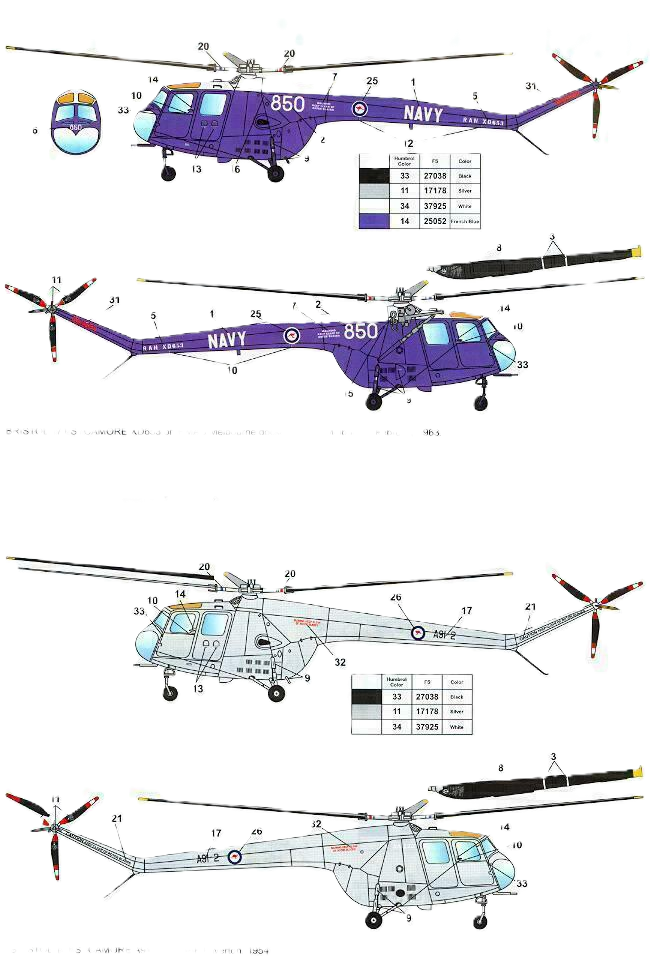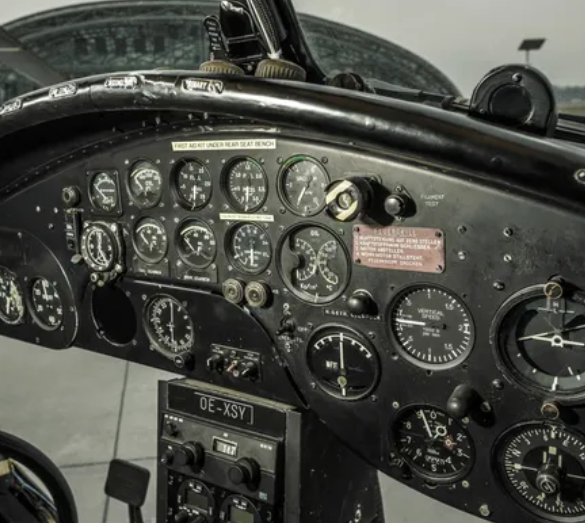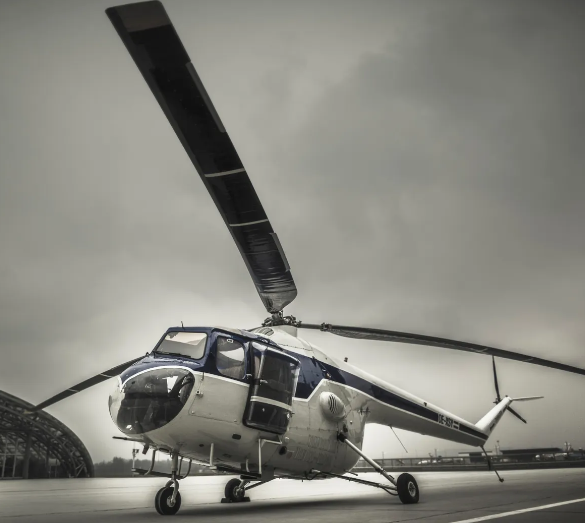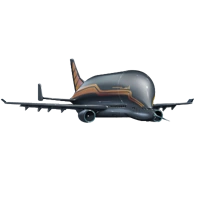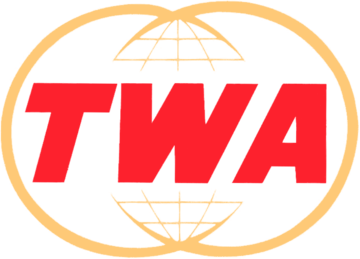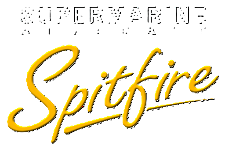Bristol Aeroplane
Type 171 Sycamore
|
|||||||||||||||||||||||||
.
History British and Colonial Aeroplane Company
Bristol Type 171 Sycamore "known as the sycamore maple"

The Bristol Type 171 Sycamore is an early helicopter developed and built by the helicopter division of the Bristol Aeroplane Company. The name refers to the seeds of the sycamore tree, Acer pseudoplatanus, which fall with a rotating motion. It has the distinction of being the first British helicopter to receive a certificate of airworthiness, as well as being the first British-designed helicopter to be introduced by and to serve with the Royal Air Force (RAF). Typically capable of seating up to three passengers, the type was often used as a transport for both passengers and cargo alike. In RAF service, the Sycamore was normally used in the search and rescue and casualty evacuation roles. The type proved the value of rotorcraft to easily traverse inhospitable or otherwise inaccessible terrain; the Sycamore made valuable contributions to British military activities during the Malayan Emergency, the Cyprus Emergency, and the Aden Emergency, in addition to other operations.
Operational history
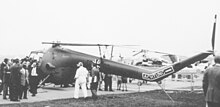
From 1952 to 1955 the Sycamore was used for various trials by the Air-Sea Warfare Development Unit RAF[9] which was stationed at RAF St. Mawgan. In April 1953, the Sycamore HR14 entered service with No. 275 Squadron of the RAF and went on to serve with nine squadrons in total. Various marks of Sycamore served with the RAF; they would primarily be used as air ambulances ( Sycamore HC.10 ), for Army communications ( Sycamore HC.11 ) and for search and rescue operations (Sycamore HR.12 to Sycamore HR.14). In 1953, No. 275 Squadron, equipped with Sycamores, became the RAF's first helicopter search and rescue squadron in Great Britain. The type was used by the RAF Central Flying School for pilot training purposes. In June 1953, a Sycamore towing a large RAF Ensign led a flypast by 640 British and Commonwealth aircraft at the Coronation Review of the RAF
Operational history
-

Sycamore HR.14 of the Royal Air Force Central Flying School (1977) Variants
Type 171
- Mk 1
- Prototype; two built.
- Mk 2
- Second prototype; one built.
- Mk 3
- Production model with five seats in a widened fuselage, with a shortened nose to improve visibility. 23 built, including Mk 3A.
- Mk 3A
- Civilian version with additional freight hold, two built for British European Airways.
- Mk 4
- This was the main production model and similar to the military version called Sycamore with a more powerful engine. 154 built.
Photo Gallery
British and Colonial Aeroplane Company
Bristol Type 171 Sycamore
"known as the sycamore maple"
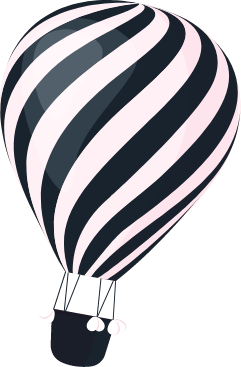
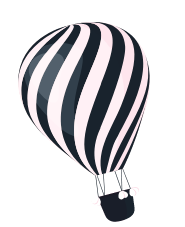
Bristol Aeroplane Company
Bristol Type 171 Sycamore "known as the sycamore maple"
General Info 1
-
-
- Crew: two
- Capacity: accommodation for three passengers
- Payload: 1,000 lb (454 kg)
- Length: 61 ft 1.3 in (18.62 m)
- Height: 13 ft 10.6 in (4.23 m)
- Empty weight: 3,810 lb (1,728 kg)
-
General Info 2
-
-
- Gross weight: 5,600 lb (2,540 kg)
- Powerplant: 1 × Alvis Leonides piston engine, 550 hp (410 kW)
- Main rotor diameter: (14.8 m)
-
General Info 3
- Maximum speed: (212 km/h,)
- Range: 330 mi (531 km, 290 nmi)
- Endurance: 3½ hours
.
Links to Youtube & Others
The Bristol Aeroplane Company had more than a passing interest in rotary aircraft and during the period post World War II, it invested heavily in the development of some iconic British helicopter designs, one of the most famous of which was the Bristol Type 171 Sycamore.
British and Colonial Aeroplane Company
In 1944, and after the Allied invasion of Europe, the success of the Airspeed Horsa and General Aircraft Ltd (GAL) Hamilcar gliders during Operation Overlord
Youtube Link
The first prototype Bristol Type 171 Sycamore (VL958) flew for the first time on 27th July 1947, powered by a Pratt & Whitney 450hp Wasp Junior engine, as was the second aircraft.

